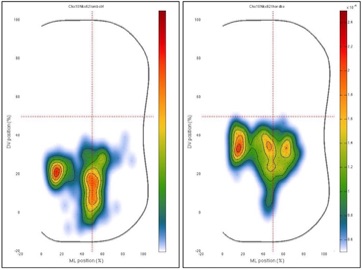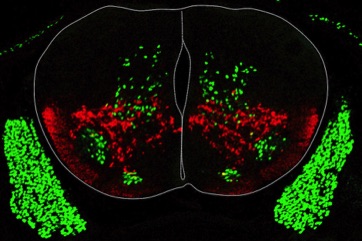Laboratory of Neural Differentiation (NEDI)
Last update :
August 2024
Projects
Neuronal differentiation in the developing spinal cord and DRG
*
Characterization of V2 interneuron subpopulations
*
Spinal interneurons after lesion and in neurodegenerative disease
*
The specific contribution of defined interneuron populations to the reactive process following a lesion of the adult spinal cord remains incompletely described (Dominguez-Bajo and Clotman, 2024). Furthermore, the contribution of spinal interneurons to the onset or progression of Amyotrophic Lateral Sclerosis remains obscure (Goffin et al., 2024). Using genetic tools developed for developmental studies, we initiated projects to address these questions.

how the few neuronal populations of the embryonic spinal cord diversify into the myriad of adult spinal populations remains unsolved. We have shown that different transcription factors regulate the diversification (Roy et al., 2012; Stam et al., 2012; Francius & Clotman, 2014; Kabayiza et al., 2017; Harris et al., 2019; Masgutova et al., 2019; Debrulle et al., 2020; Toch et al., 2020; Renaux et al., 2024) and the migration (Kabayiza et al., 2017; Harris et al., 2019; Masgutova et al., 2019; Toch et al., 2020) of spinal and sensory neurons (Masgutova et al., in revision). We currently characterize the mechanisms involved in these processes.
embryonic V2 interneurons diversify into 5 described populations and additional subsets that remain to be characterized. In addition, the mechanisms that regulate V2 differentiation remain only partly deciphered. Using lineage-tracing of the V2 interneurons (Francius et al., 2016; Baudouin et al., 2021), we undertook a single-cell RNA sequencing characterization of embryonic and of postnatal V2 interneurons and of their developmental trajectories. The functions of some of the markers during V2 development will be further investigated.











